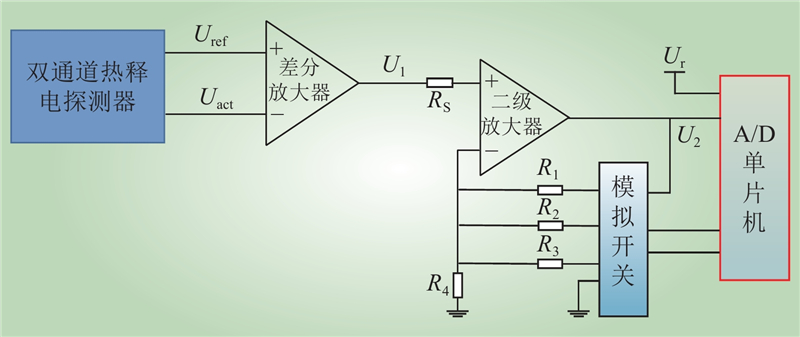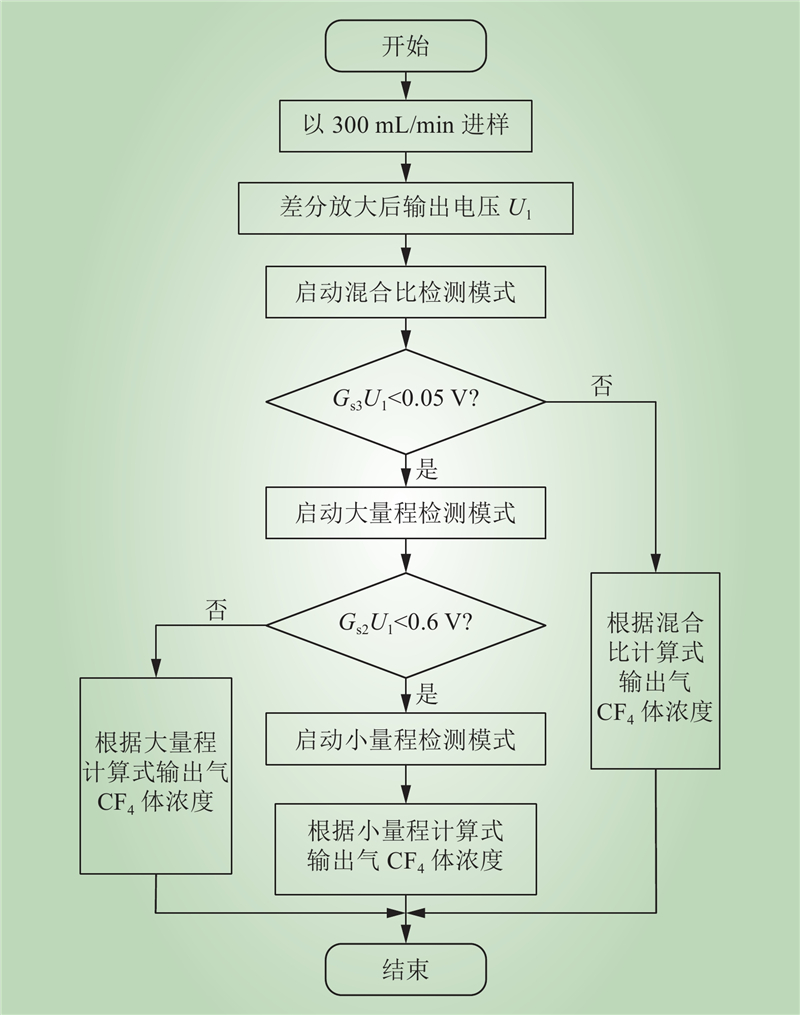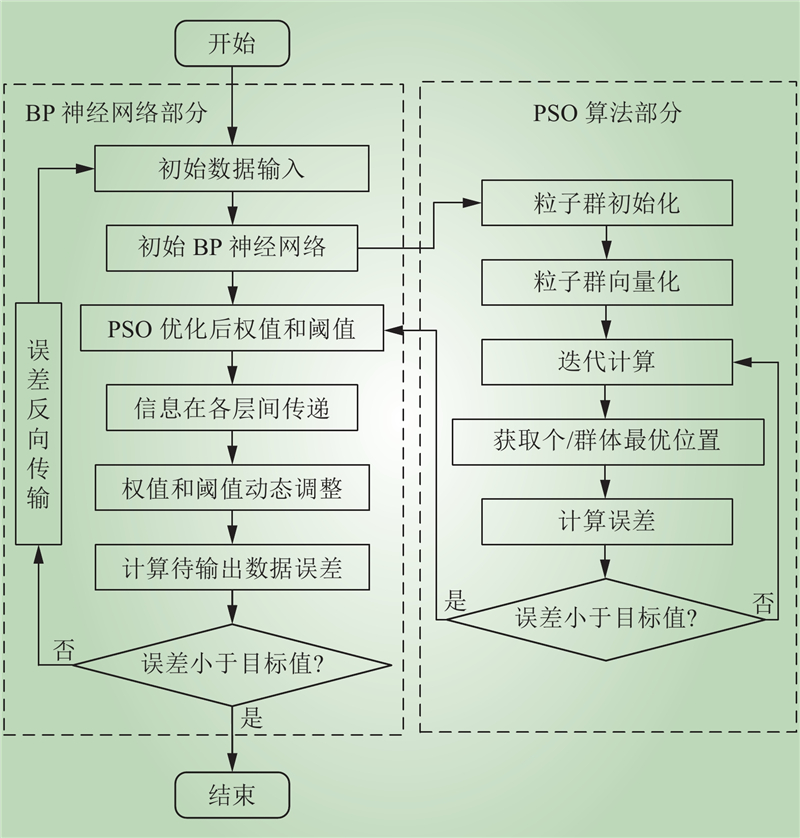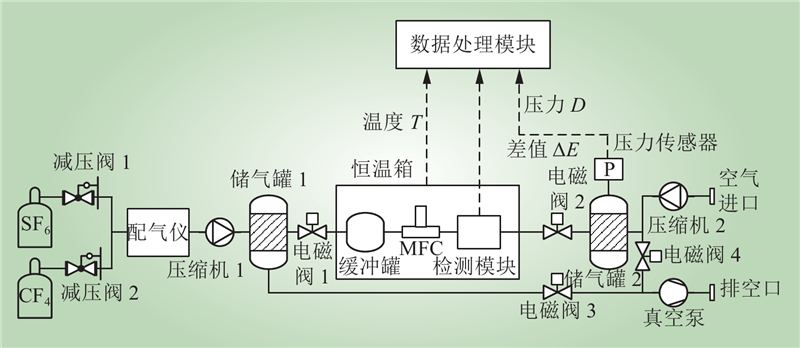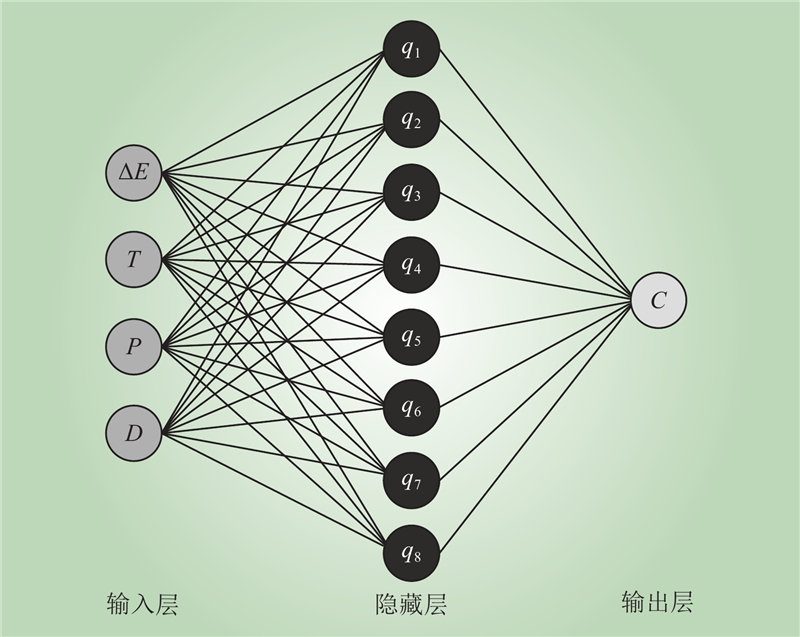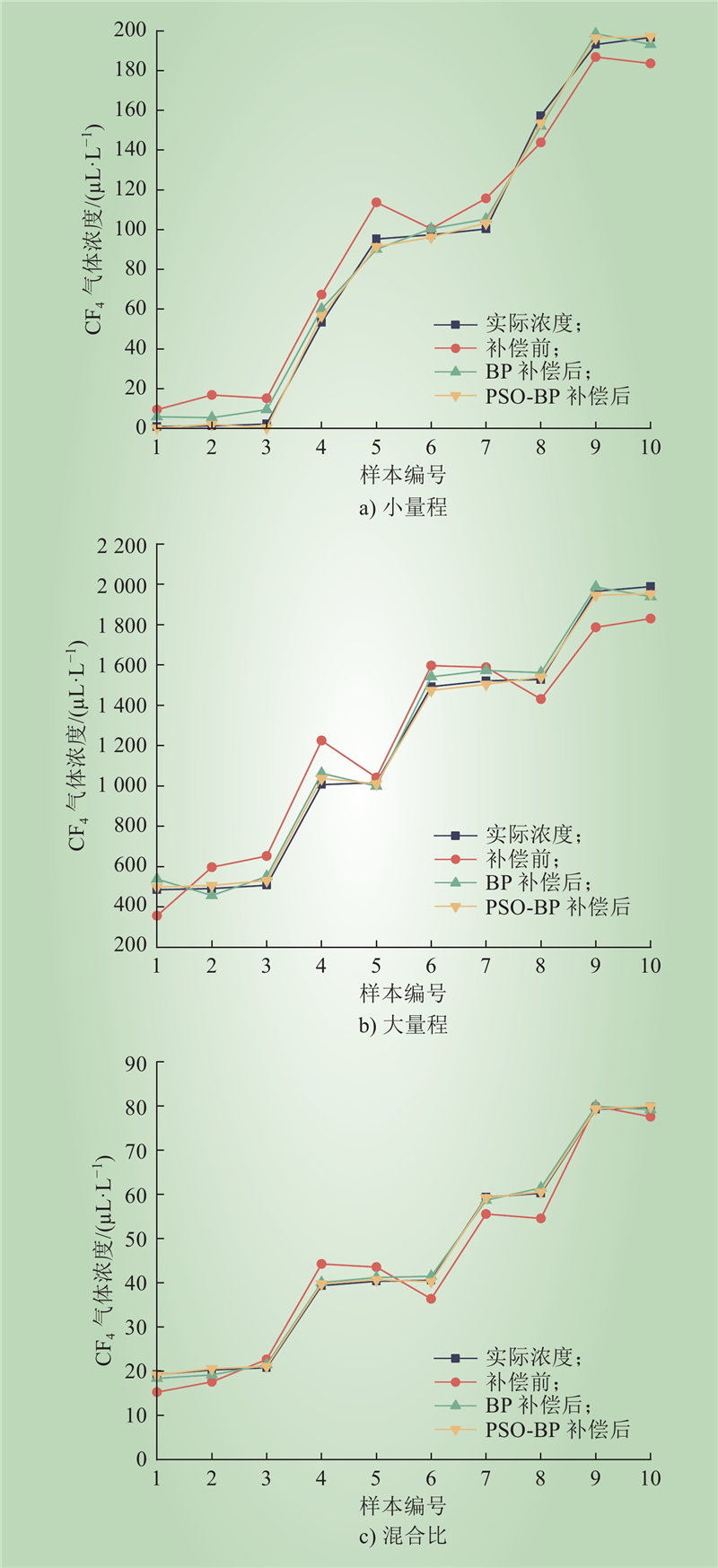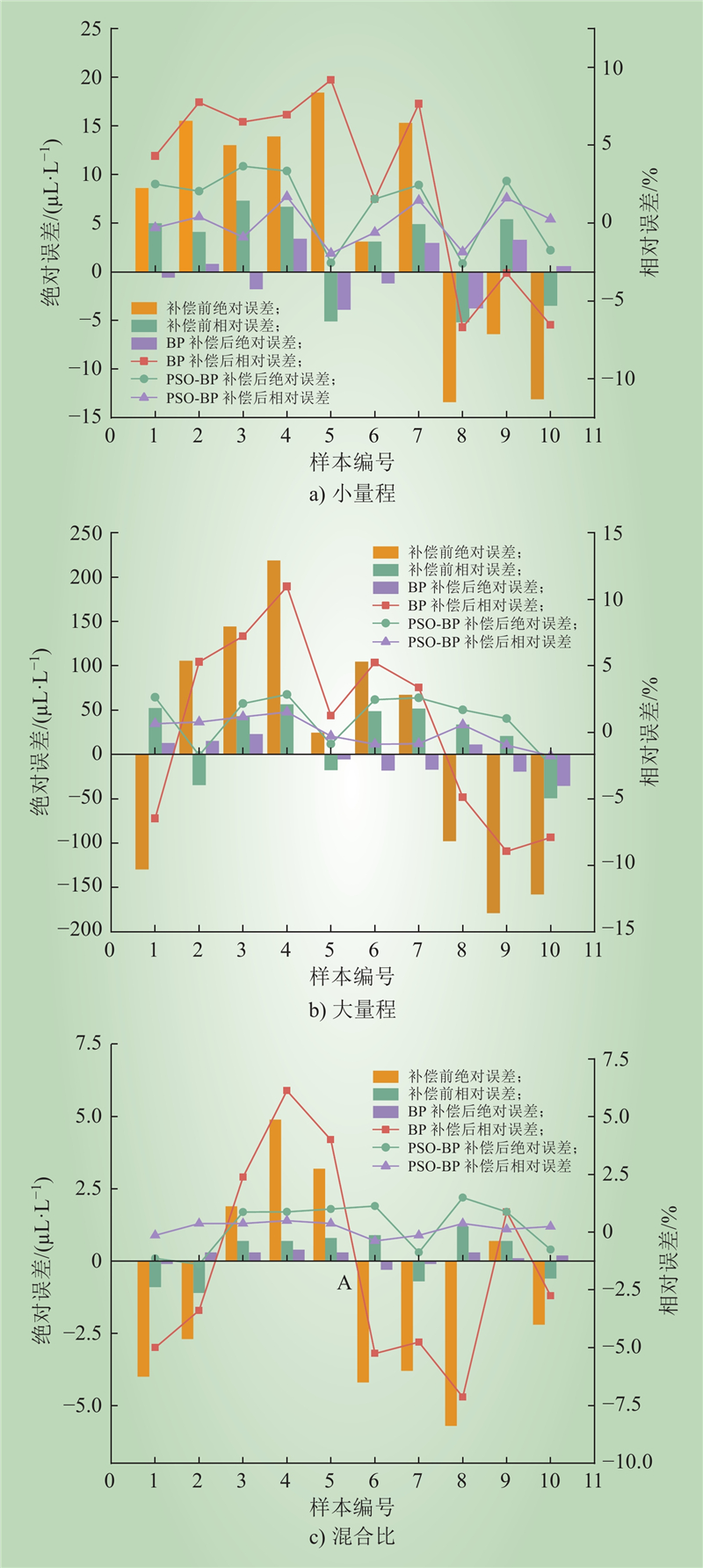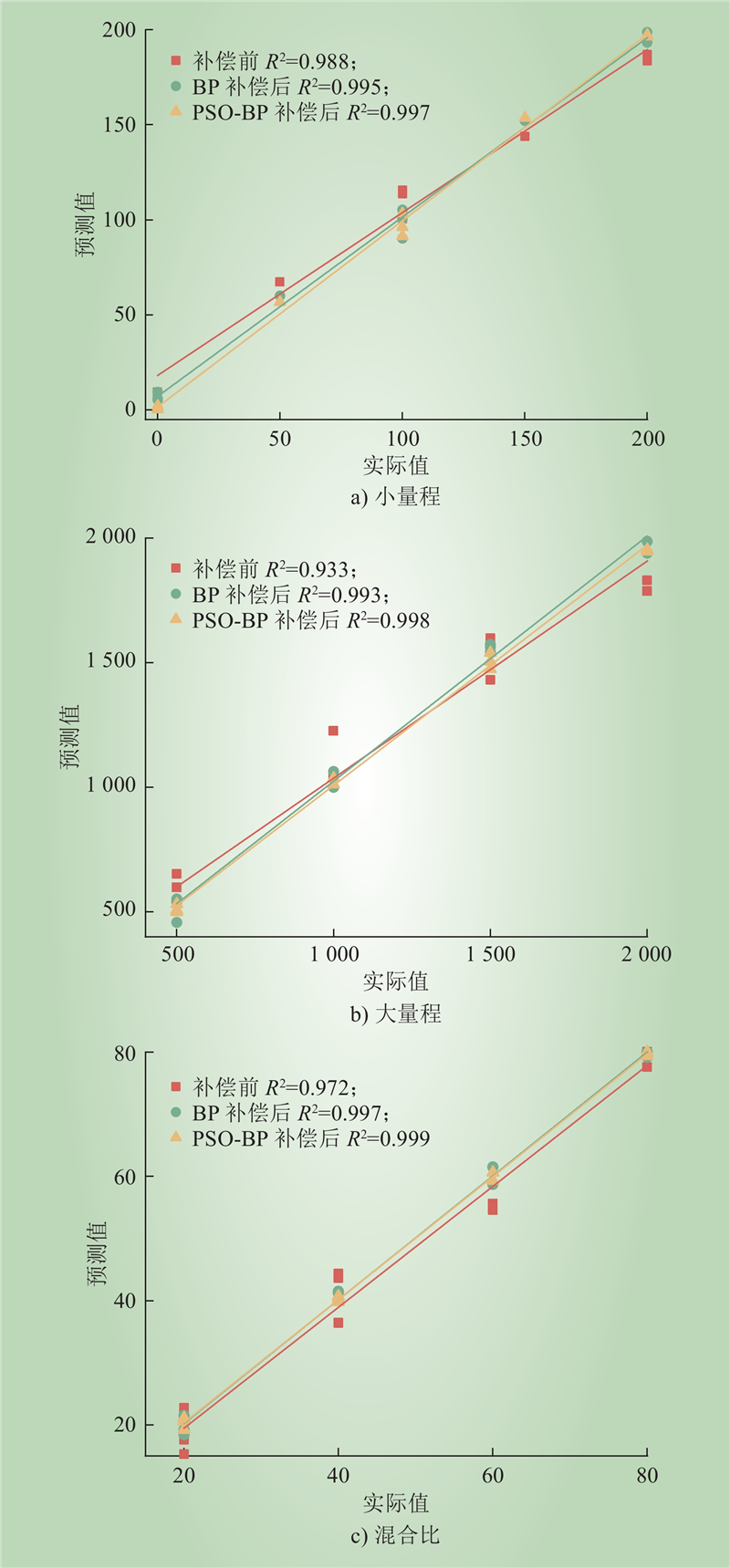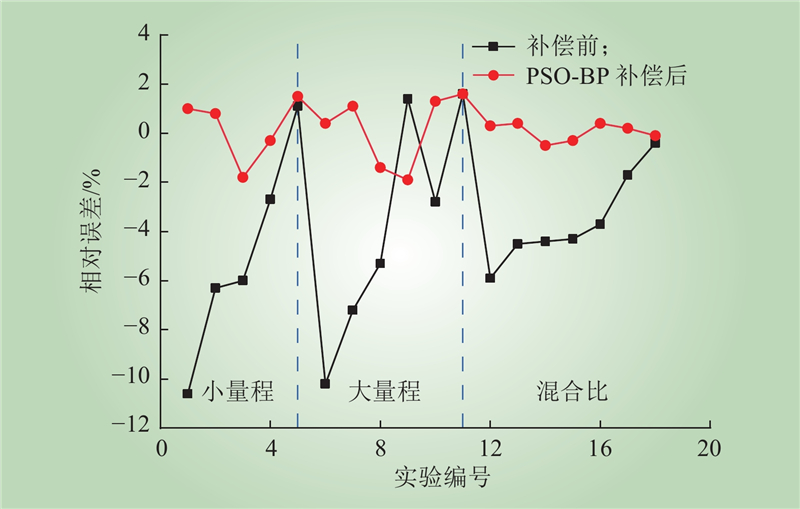| 1 |
张咪, 高克利, 侯华, 等. SF6替代绝缘气体的虚拟筛选与分子设计综述[J]. 高电压技术, 2023, 49 (7): 2816- 2830.
|
|
ZHANG Mi, GAO Keli, HOU Hua, et al. Review on computational screening and molecular design of replacement gases for SF6[J]. High Voltage Engineering, 2023, 49 (7): 2816- 2830.
|
| 2 |
林林, 陈庆国, 程嵩, 等. 基于密度泛函理论的SF6潜在可替代性气体介电性能分析[J]. 电工技术学报, 2018, 33 (18): 4382- 4388.
|
|
LIN Lin, CHEN Qingguo, CHENG Song, et al. The analysis of SF6 potential alternative gas dielectric strength based on density functional theory[J]. Transactions of China Electrotechnical Society, 2018, 33 (18): 4382- 4388.
|
| 3 |
王越. SF6/N2混合气体间隙击穿与沿面闪络特性研究[D]. 沈阳: 沈阳工业大学, 2021.
|
|
WANG Yue. Research on gap breakdown and flashover characteristics of SF6/N2[D]. Shenyang: Shenyang University of Technology, 2021.
|
| 4 |
和彦淼, 黄印, 颜湘莲, 等. SF6混合气体和环保替代气体设备标准化研究[J/OL]. 中国电力, 1–8 [2023-06-08] (2023-11-07).http://kns.cnki.net/kcms/detail/11.3265.tm.20230607.1158.008.html.
|
|
HE Yanmiao, HUANG Yin, YAN Xianglian, et al. Standardization research and construction on electrical equipment using SF6 gas mixture and eco-friendly alternative gas[J]. Electric Power, 1–8 [2023-06-08] (2023-11-07).http://kns.cnki.net/kcms/detail/11.3265.tm.20230607.1158.008.html.
|
| 5 |
赵晓民, 韩国辉, 刘文魁, 等. 高压断路器用SF6/CF4混合气体状态参数计算及液化分析[J]. 高压电器, 2016, 52 (12): 204- 208.
|
|
ZHAO Xiaomin, HAN Guohui, LIU Wenkui, et al. Liquefaction and state parameters of SF6/CF4 mixed gas in high voltage circuit breaker[J]. High Voltage Apparatus, 2016, 52 (12): 204- 208.
|
| 6 |
周倩, 柯锟, 张晓星, 等. 基于SF6混合气体绝缘性能的设备补气策略研究[J]. 电力工程技术, 2021, 40 (4): 175- 181.
DOI
|
|
ZHOU Qian, KE Kun, ZHANG Xiaoxing, et al. Air supply strategy of equipment based on SF6 mixed gas insulation performance[J]. Electric Power Engineering Technology, 2021, 40 (4): 175- 181.
DOI
|
| 7 |
国家质量监督检验检疫总局, 中国国家标准化管理委员会. 工业六氟化硫: GB/T 12022—2014[S]. 北京: 中国标准出版社, 2014.
|
| 8 |
李予全, 吴司颖, 董曼玲, 等. SF6气体绝缘设备局部放电分解特征组分三角形诊断法[J]. 绝缘材料, 2022, 55 (11): 86- 92.
|
|
LI Yuquan, WU Siying, DONG Manling, et al. Research on insulation fault diagnosis method of SF6 equipment based on decomposed components analysis[J]. Insulating Materials, 2022, 55 (11): 86- 92.
|
| 9 |
WU Z T, PANG X B, XING B, et al. Development of a portable and sensitive CO2 measurement device with NDIR sensor clusters and minimizing water vapor impact[J]. Sustainability, 2023, 15 (2): 1533.
DOI
|
| 10 |
熊涛, 高明, Des Gibson, 等. 新型光室结构的主流式NDIR呼吸CO2监测系统[J]. 红外与激光工程, 2020, 49 (6): 248- 256.
|
|
XIONG Tao, GAO Ming, GIBSON D, et al. Mainstream NDIR breathing CO2 monitoring system based on new light chamber structure[J]. Infrared and Laser Engineering, 2020, 49 (6): 248- 256.
|
| 11 |
陈胜源. 基于NDIR技术的SF6气体浓度检测系统设计[D]. 武汉: 华中科技大学, 2018.
|
|
CHEN Shengyuan. Design of SF6 gas detector-based on NDIR technology[D]. Wuhan: Huazhong University of Science and Technology, 2018.
|
| 12 |
张加宏, 朱涵, 顾芳, 等. 非色散红外CO2气体传感器的抗温湿度干扰设计[J]. 电子测量与仪器学报, 2022, 36 (7): 160- 169.
|
|
ZHANG Jiahong, ZHU Han, GU Fang, et al. Anti-interference design of temperature and humidity fornon-dispersive infrared CO2 gas sensor[J]. Journal of Electronic Measurement and Instrumentation, 2022, 36 (7): 160- 169.
|
| 13 |
王富忠. NDIR二氧化碳传感器信号读出电路研究[D]. 成都: 电子科技大学, 2023.
|
|
WANG Fuzhong. Research on signal readout circuit of NDIR CO2 sensor[D]. Chengdu: University of Electronic Science and Technology of China, 2023.
|
| 14 |
PROKOPIUK A, BIELECKI Z, WOJTAS J. Improving the accuracy of the NDIR-based CO2 sensor for breath analysis[J]. Metrology and Measurement Systems, 2021: 803–812.
|
| 15 |
孙亚飞, 顾芳, 黄亚磊, 等. 基于GA-WNN温度补偿的红外CO2气体传感器系统研究[J]. 传感技术学报, 2018, 31 (10): 1613- 1620.
DOI
|
|
SUN Yafei, GU Fang, HUANG Yalei, et al. Research on infrared CO2 gas sensor system with temperature compensation based on GA-WNN[J]. Chinese Journal of Sensors and Actuators, 2018, 31 (10): 1613- 1620.
DOI
|
| 16 |
潘甫钱, 胡斌, 梁晓瑜, 等. 非色散红外CO2传感器温度补偿方法研究[J]. 激光与红外, 2023, 53 (6): 887- 894.
DOI
|
|
PAN Fuqian, HU Bin, LIANG Xiaoyu, et al. Research on temperature compensation method of non-dispersive infrared CO2 sensor[J]. Laser & Infrared, 2023, 53 (6): 887- 894.
DOI
|
| 17 |
裴昱, 陈远鸣, 卞晓阳, 等. 基于RBF神经网络气压补偿的非色散红外SF6气体传感器[J]. 应用光学, 2018, 39 (3): 366- 372.
|
|
PEI Yu, CHEN Yuanming, BIAN Xiaoyang, et al. Non-dispersion infrared SF6 gas sensor with air pressure compensation based on RBF neural network[J]. Journal of Applied Optics, 2018, 39 (3): 366- 372.
|
| 18 |
杨桢, 马钰超, 李丽, 等. 基于HHT和GA-BP的电压暂降源定位方法[J]. 中国电力, 2022, 55 (3): 97- 104.
|
|
YANG Zhen, MA Yuchao, LI Li, et al. A novel method for voltage sag source location based on HHT and GA-BP[J]. Electric Power, 2022, 55 (3): 97- 104.
|
| 19 |
刘伟吉, 冯嘉豪, 祝效华, 等. 基于动量自适应学习率PSO-BP神经网络的钻速预测模型研究[J]. 科学技术与工程, 2023, 23 (24): 10264- 10272.
DOI
|
|
LIU Weiji, FENG Jiahao, ZHU Xiaohua, et al. Prediction model of penetration rate based on PSO-BP neural network with momentum adaptive learning rate[J]. Science Technology and Engineering, 2023, 23 (24): 10264- 10272.
DOI
|
| 20 |
甘智超, 郭硕昌, 陶盈盈, 等. 基于PCA-BP神经网络的管道内壁几何形状识别[J]. 固体力学学报, 2023, 44 (5): 622- 636.
|
|
GAN Zhichao, GUO Shuochang, TAO Yingying, et al. Identification of pipeline inner wall geometry based on the PCA-BP neural network[J]. Chinese Journal of Solid Mechanics, 2023, 44 (5): 622- 636.
|
| 21 |
宋伟业, 刘灵玥, 阎洁, 等. 基于深度强化学习的海上风电集群自进化功率平滑控制方法[J]. 中国电力, 2023, 56 (3): 36- 46.
|
|
SONG Weiye, LIU Lingyue, YAN Jie, et al. Self-evolving power smooth control method for offshore wind power cluster based on deep reinforcement learning[J]. Electric Power, 2023, 56 (3): 36- 46.
|
| 22 |
梁恩豪, 孙军伟, 王延峰. 基于自适应樽海鞘算法优化BP的风光互补并网发电功率预测[J]. 电力系统保护与控制, 2021, 49 (24): 114- 120.
|
|
LIANG Enhao, SUN Junwei, WANG Yanfeng. Wind and solar complementary grid-connected power generation prediction based on BP optimized by a swarm intelligence algorithm[J]. Power System Protection and Control, 2021, 49 (24): 114- 120.
|
| 23 |
陈鹏, 郎需军, 国震, 等. 基于改进BP神经网络和多目标粒子群算法的四回路导线布置优化[J]. 电力科学与技术学报, 2023, 38 (4): 151- 161.
|
|
CHEN Peng, LANG Xujun, GUO Zhen, et al. Optimization of four-circuit wire arrangement based on improved BP neural network and multi-objective particle swarm optimization algorithm[J]. Journal of Electric Power Science and Technology, 2023, 38 (4): 151- 161.
|
| 24 |
张沛, 朱驻军, 刘曌, 等. 基于RReliefF-BP网络的新型电力系统静态电压稳定在线评估方法[J]. 南方电网技术, 2023, 17 (3): 65- 74.
|
|
ZHANG Pei, ZHU Zhujun, LIU Zhao, et al. Online assessment method for static voltage stability of new power system based on RReliefF-BP network[J]. Southern Power System Technology, 2023, 17 (3): 65- 74.
|
| 25 |
王海燕, 刘佳康, 邓亚平. 基于预估-校正综合BP神经网络的短期光伏功率预测[J]. 智慧电力, 2023, 51 (3): 46- 52.
DOI
|
|
WANG Haiyan, LIU Jiakang, DENG Yaping. Short-term photovoltaic power forecasting based on predict-correct combination BP neural network[J]. Smart Power, 2023, 51 (3): 46- 52.
DOI
|




